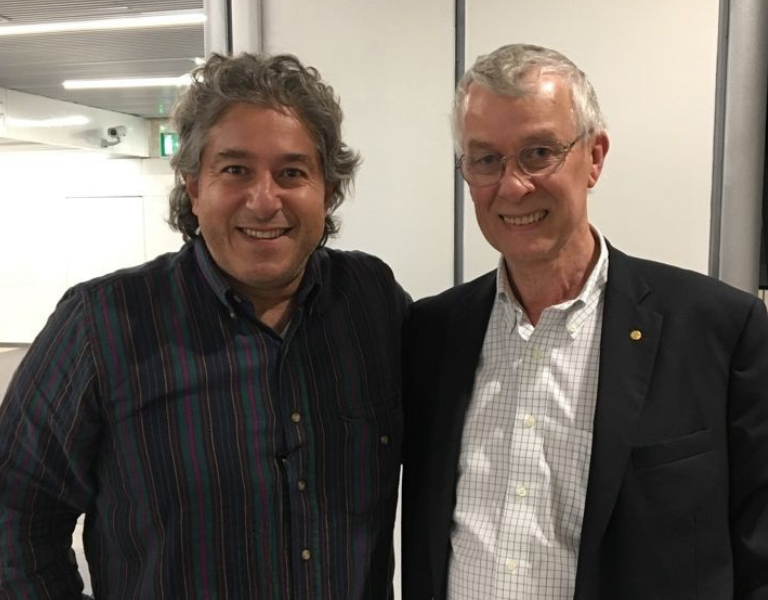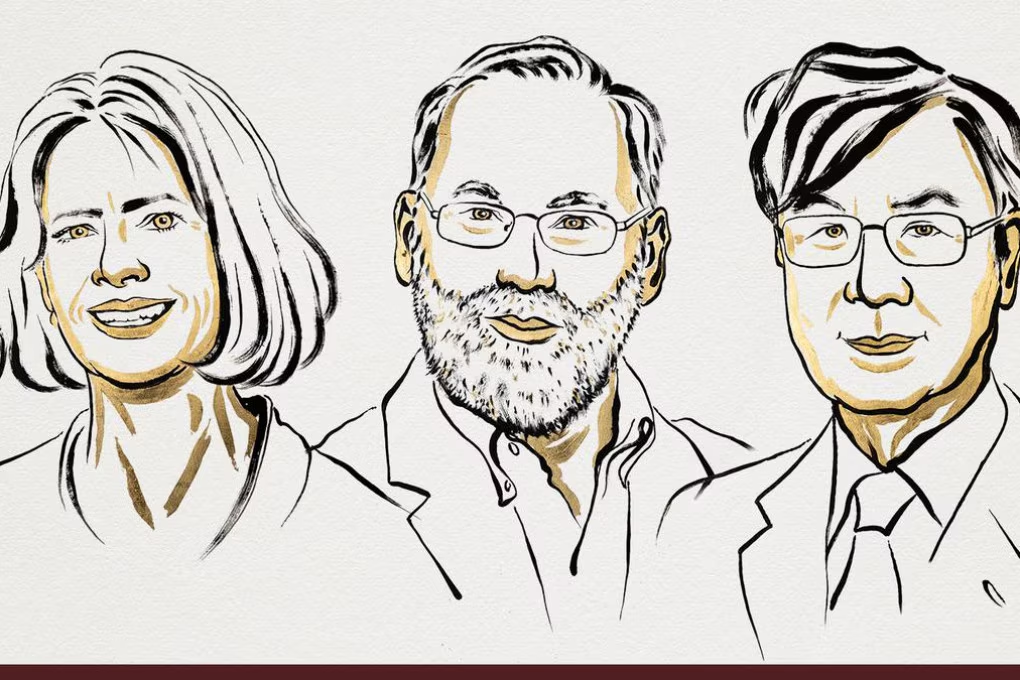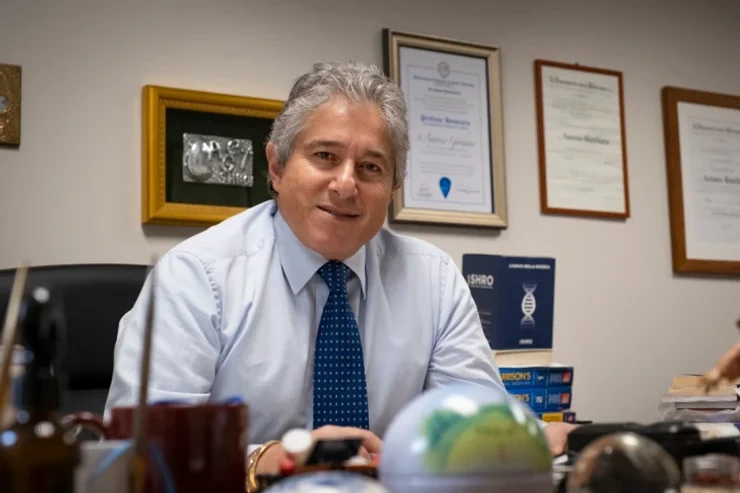Richard Roberts: A Nobel Mind Between Creativity and Risk
16 May , 2025

Today, I want to share the story of a meeting with a man who has shaped the history of our time. I’m talking about Sir Richard J. Roberts, Nobel Laureate in Medicine in 1993, with whom I had the pleasure of working during my years at Cold Spring Harbor Laboratory.
The photo you see was taken during our meeting in Rome, just before Sir Roberts had a private visit to the Vatican. Looking back at that moment, I couldn’t help but share a piece of history that has deeply affected both my life and the world of science.
In a scientific landscape often seen as cold and infallible, Sir Richard J. Roberts stands out as a brilliant example of bold creativity and ability to embrace mistakes as driving force for progress.
His groundbreaking discovery of introns, which earned him the 1993 Nobel Prize in Physiology or Medicine, shared with Phillip Allen Sharp, was not only a major academic achievement, but a powerful demonstration of the value of unconventional thinking and ability to learn from failures.
Born in Derby, England, in 1943, Roberts didn’t follow a straight path to molecular biology. After earning a PhD in organic chemistry from Harvard, he focused on studying restriction enzymes at Cold Spring Harbor Laboratory. It was during this research, focused on analyzing how these enzymes cut DNA, that his team stumbled upon a surprising phenomenon: genes of adenoviruses, which infect human cells, were not continuous but interrupted by “silent” DNA sequences that would later be removed during the formation of messenger RNA.
This discovery was initially met with skepticism but marked a paradigm shift in genetics. The idea that eukaryotic genes were “mosaic-like”, with coding regions (exons) separated by non-coding sequences (introns), contradicted the then-prevalent belief in a compact, linear genome.
Roberts’ true strength is not only his ability to recognize the unexpected, but his determination to pursue a hunch which appeared to defy logic. In various interviews, he emphasized the importance of “loving failure”: in his opinion, an experiment that doesn’t meet expectations isn’t a setback but an opportunity to revisit assumptions, explore new directions, and expand scientific understanding.
This mindset, one that values exploration without paralyzing fear, is the heart of scientific creativity. Tolerance for ambiguity, perseverance in the face of obstacles, and attention to anomalous results are common traits among innovators. Without Roberts’ courage to question odd data and overcome initial resistance, one of the most pivotal discoveries in modern molecular biology might have gone unnoticed.
The Nobel Prize recognized the vital impact of introns on gene regulation and evolution of complex organisms. This “splicing” mechanism, the removal of introns during RNA synthesis, enables a single gene to produce multiple proteins, thereby dramatically increasing functional diversity. The presence of introns has also crucial implications for gene therapy and better understanding of certain hereditary diseases.
But beyond the prize, Roberts’ legacy lies in his approach to science. His call to embrace creativity, curiosity, and risk, without fearing error, is a powerful message for future generations of scientists. In an era dominated by pressure for immediate results, his story reminds us that revolutionary insights often arise from unexpected deviations and so-called failed experiments.
Science, like all forms of creative inquiry, inherently has risk and uncertainty. Accepting failure doesn’t mean giving up, but recognizing that every attempt, including the one that doesn’t yield the expected outcome, contributes to progress. Passion, curiosity, resilience, and the ability to learn from mistakes are the real pillars of true innovation.
The journey of Richard Roberts, honored for his intellectual courage and his open embrace of error, stands as a lasting and exemplary testament to that truth.




